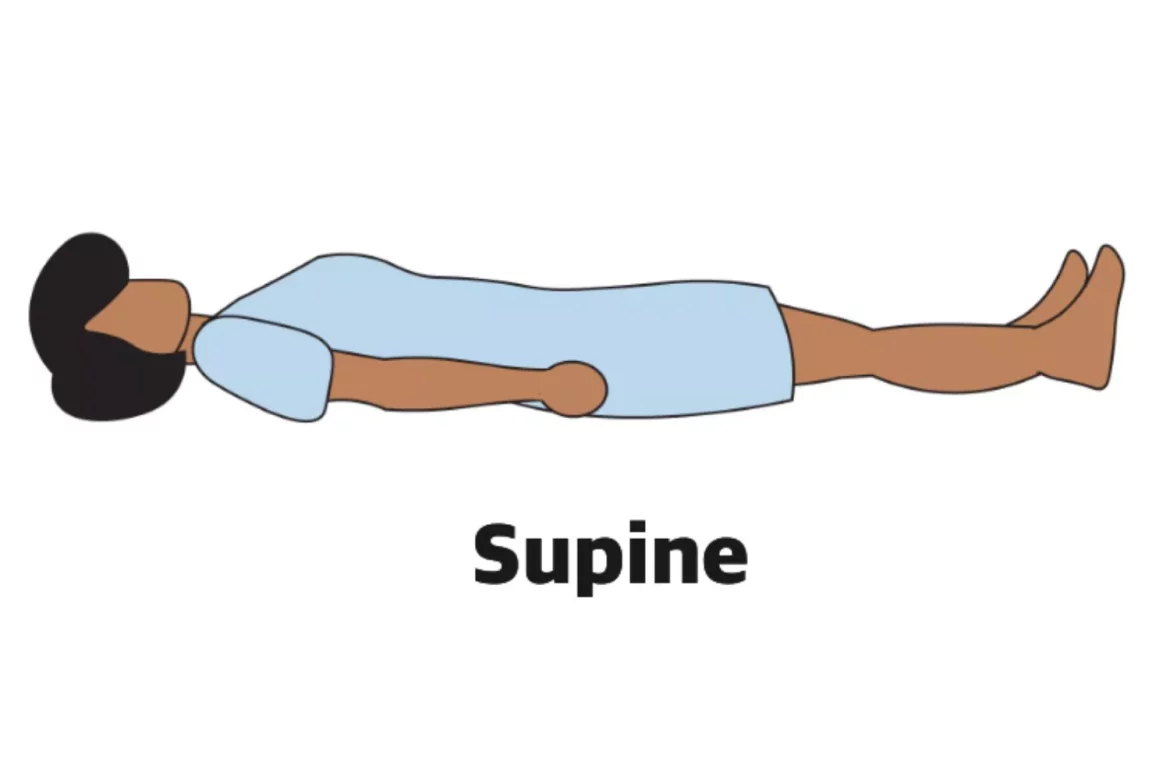Supine hypotension is a condition characterized by a sudden drop in blood pressure when an individual moves to a lying (supine) position.
This condition is particularly prevalent among pregnant women but can affect individuals with various other health conditions. Understanding the pathophysiology, risk factors, and implications of supine hypotension is crucial for effective management and treatment. This article delves into the causes of supine hypotension, exploring physiological changes, underlying health issues, and potential triggers.
Physiology of Blood Pressure Regulation
To understand supine hypotension, one must first grasp the basics of blood pressure regulation. Blood pressure is the force exerted by circulating blood on the walls of blood vessels and is essential for maintaining blood flow through the body’s organs and tissues. It is regulated by a complex interaction of neural, renal, and vascular factors.
The autonomic nervous system (ANS) plays a pivotal role in moment-to-moment regulation of blood pressure. The ANS adjusts blood vessel diameter, heart rate, and heart strength of contraction in response to changing physiological needs.
Blood pressure is also influenced by the renin-angiotensin-aldosterone system, which regulates blood volume and systemic vascular resistance.
See Also: What Is Postural Drop
What Is Supine Hypotension?
In a typical scenario, when an individual stands up, gravity causes blood to pool in the legs and lower body, which could potentially cause a drop in blood pressure. However, the body typically compensates for this through a series of reflexes that increase heart rate, constrict blood vessels, and increase cardiac output. Conversely, lying down should theoretically alleviate such pressure, as gravity no longer pulls blood away from the core and brain. However, in supine hypotension, lying down paradoxically leads to a significant drop in blood pressure.
What Is The Cause of Supine Hypotension?
The main cause of this condition is the compression of the inferior vena cava (a large vein that returns blood from the lower half of the body to the heart) by the gravid uterus. As the uterus grows, particularly in the second and third trimesters, its increased weight can impede venous return when the woman lies flat on her back.
This decrease in venous return reduces the amount of blood that flows back to the heart, leading to a decrease in cardiac output, and consequently, a drop in blood pressure. The reduced blood flow and lower blood pressure can result in symptoms such as dizziness, lightheadedness, and other signs of reduced perfusion to various parts of the body, including the brain and placenta.
To alleviate this issue, pregnant women are advised to avoid lying flat on their backs, particularly during late pregnancy, and instead lie on their sides, preferably the left side. Lying on the left side is beneficial as it helps in increasing venous return and cardiac output by reducing the pressure on the inferior vena cava.
Pathophysiology of Supine Hypotension
Supine hypotension primarily results from inadequate cardiac output and diminished venous return to the heart during the supine position.
In certain populations, such as pregnant women, the expanding uterus can exert pressure on the inferior vena cava (a large vein carrying blood to the heart), reducing the return of blood to the heart and subsequently decreasing cardiac output.
This process is often referred to as the “supine hypotensive syndrome” of pregnancy.
Besides pregnancy, other conditions can also predispose individuals to supine hypotension, including:
Heart problems: Individuals with heart valve issues or heart failure may experience worsened conditions in supine positions due to altered cardiac mechanics.
Neurological conditions: Diseases affecting the ANS, such as Parkinson’s disease or diabetic neuropathy, can impair the body’s ability to regulate blood pressure effectively.
Medications: Certain medications, especially those affecting blood pressure and volume like diuretics, alpha-blockers, and beta-blockers, can exacerbate or lead to supine hypotension.
Dehydration and volume depletion: Reduced blood volume can significantly impact blood pressure regulation, making the supine position problematic.
see also: What Fish Is Good for High Blood Pressure
Clinical Implications And Symptoms
The clinical implications of supine hypotension are not trivial. A sudden drop in blood pressure can lead to dizziness, lightheadedness, fainting, or even shock in severe cases. For pregnant women, there’s an added risk of reduced blood flow to the fetus, potentially leading to fetal distress.
Symptoms of supine hypotension typically include:
- Dizziness or feeling lightheaded upon lying down
- Blurred vision
- Nausea
- Fainting (syncope)
- Palpitations or feeling of rapid heart rate
Diagnostic Approach
Diagnosing supine hypotension involves a careful medical history, physical examination, and monitoring of blood pressure changes in different body positions. This positional evaluation of blood pressure is often termed “orthos, particularly for the lower limbs, can improve venous return and overall cardiovascular health.
In pregnant women, lateral positioning is often recommended, especially in the later stages of pregnancy, to reduce the pressure on the inferior vena cava and improve venous return.
Conclusion
Supine hypotension, though often overlooked, is a significant medical condition that can have profound implications, particularly in specific populations like pregnant women. Understanding its causes, physiological underpinnings, and management strategies is vital for healthcare providers. As research continues, further insights into the mechanisms and treatments of supine hypotension will likely improve patient care and outcomes.

